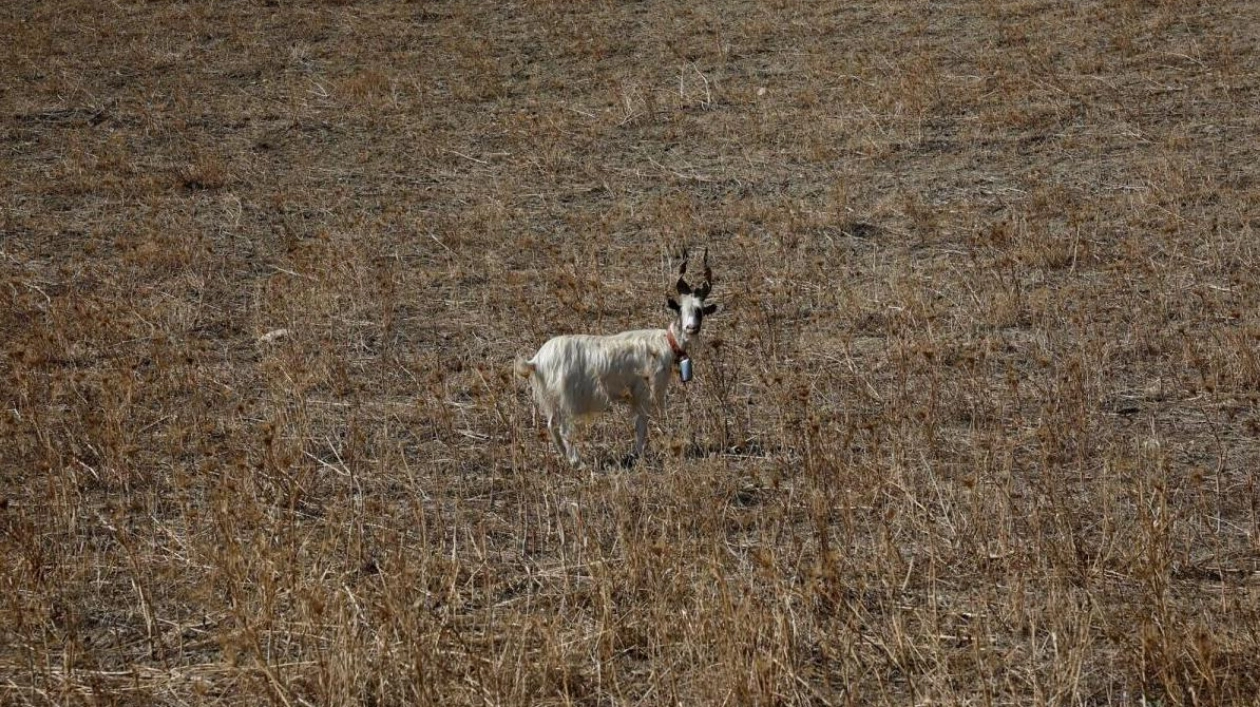A study published on Wednesday by the World Weather Attribution group reveals that climate change is making droughts in Sicily and Sardinia 1.5 times more probable. Although hot and dry summers are typical for these Italian islands, the past year has been marked by unusually low rainfall and consistently high temperatures, leading to severe drought conditions.
Rivers have run dry, crops have suffered, and water rationing has been implemented in regions where agriculture and tourism are vital. Both Sicily and Sardinia have declared a state of emergency, attracting the attention of the WWA, a consortium of scientists specializing in assessing climate change's impact on extreme weather events.
The study indicates that human-induced climate change has heightened the risk of droughts causing significant water scarcity and agricultural damage in these regions by 50%. Sicily experienced an exceptionally dry period in the latter half of 2023, the most arid in over a century. The study highlights that the primary cause of this drought is not just reduced rainfall but also sustained high temperatures, which have persisted even during nighttime.
Mariam Zachariah, a researcher at the Grantham Institute for Climate Change at Imperial College London, explains that the islands are experiencing more frequent and intense heatwaves, which are rapidly evaporating water from soils, plants, and reservoirs. She emphasizes that climate change is exacerbating the aridity of Sardinia and Sicily, a reality that farmers and towns under water restrictions are now witnessing firsthand.
The study also points out that outdated infrastructure is compounding water scarcity issues, urging for improved water management strategies to mitigate the effects of future droughts.






